When I first heard about Isernia La Pineta, I honestly couldn’t believe its age. This extraordinary archaeological site in Italy’s Molise region goes back an astonishing 700,000 years, making it one of Europe’s oldest and most important prehistoric human settlements. Standing at the edge of this ancient place, I felt a strange sense of awe—almost like I could reach out and touch the lives of our earliest ancestors.
Archaeologists uncovered the site in the 1970s, and since then, it’s given us a window into early human behavior. When I visited, I peered into the carefully preserved excavation area, now sheltered by a pavilion right next to the Palaeolithic Museum of Isernia.
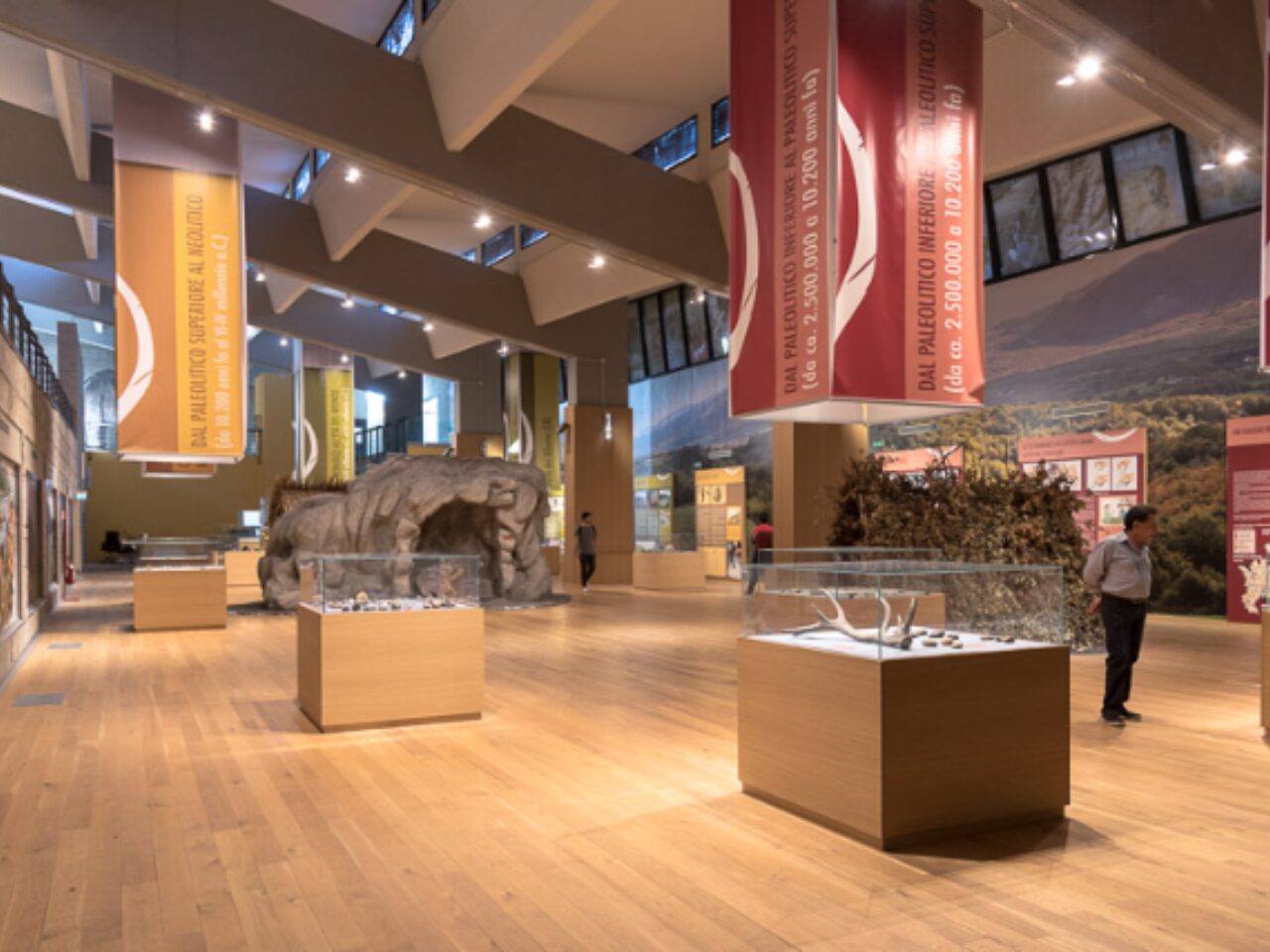
Inside, the museum displays ancient stone tools and fossilized animal remains. These artifacts reveal how early humans managed to survive in this region so long ago.
If you’re traveling through central Italy and even remotely curious about human origins, you really should make a stop in Isernia. Sure, Italy’s famous for Roman ruins and Renaissance masterpieces, but this place is something else—a leap even further back in time.
You get a rare chance to peek into the lives of some of Europe’s earliest people and maybe even get a better sense of our shared story.
Unveiling Isernia: A Journey to Italy’s Prehistoric Heart
When I arrived in Isernia, I was surprised by how much prehistoric significance this small Italian town holds. Getting to this ancient site is more than just an archaeological adventure—it’s a journey into a hidden corner of Italy.
Geographic Setting and Discovery
Isernia sits tucked away in the Molise region, surrounded by hills and mountains. I learned that this relatively quiet area actually hides one of Europe’s most important Paleolithic sites, dating back about 700,000 years.
Construction workers accidentally stumbled upon the site in 1978 while building a new road. What started as a routine dig quickly became one of Italy’s biggest archaeological finds.
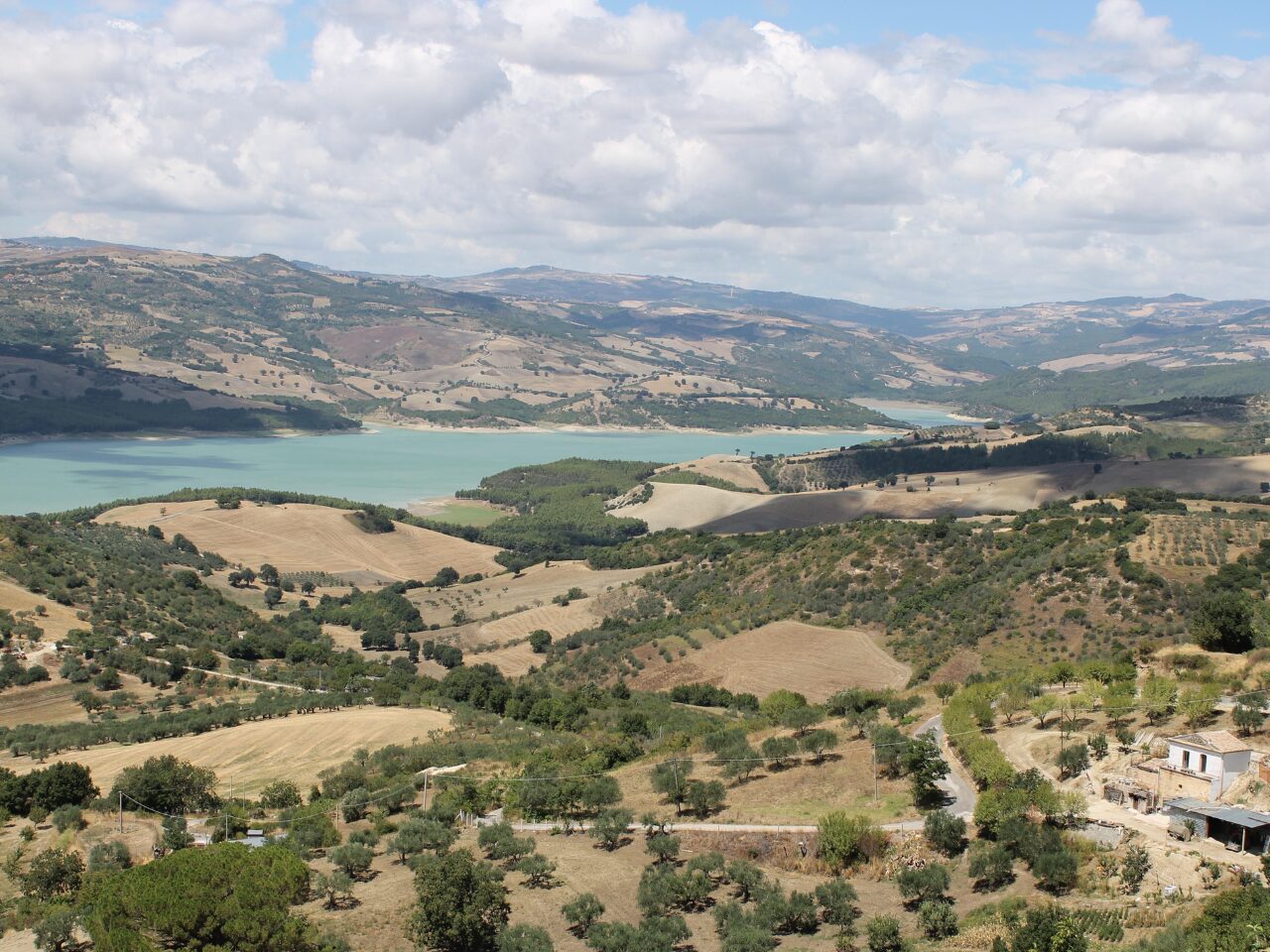
Archaeologists uncovered well-preserved stone tools, animal bones, and clear signs of early human activity. The preservation here is incredible.
Volcanic ash sealed the ancient campsite, turning it into a time capsule for archaeologists to explore even now.
Molise and Its Ancient Landscape
Molise is still one of Italy’s lesser-known corners, which gives exploring its prehistoric secrets a special charm. The landscape looks nothing like it did when our ancestors wandered here.
Back in the Paleolithic, the area had a very different climate and ecosystem. Large animals like elephants, rhinos, and bison used to roam these plains.
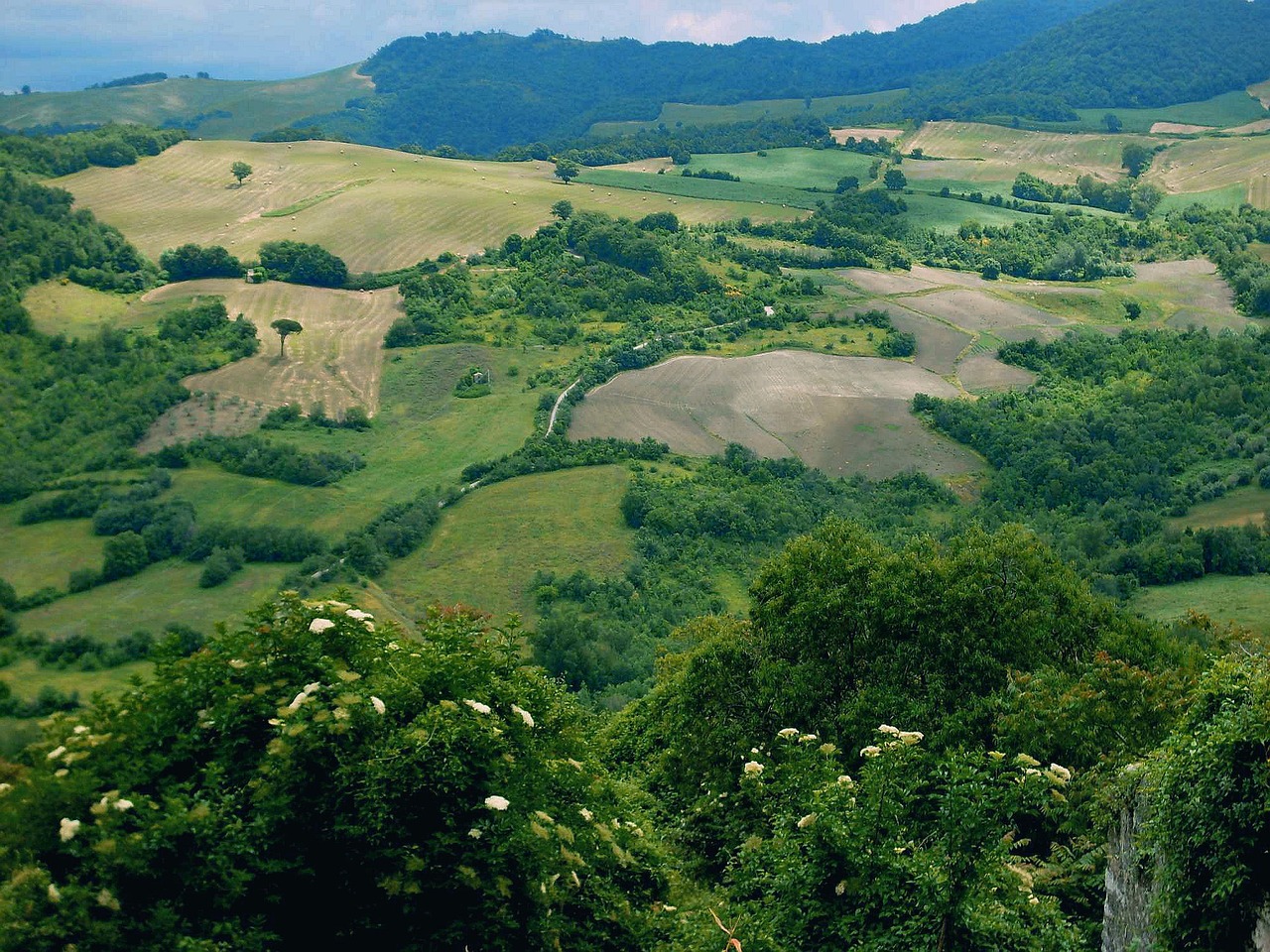
The humans who lived here hunted and gathered, following the herds across the land. The Paleolithic Museum of Isernia brings this world to life with detailed reconstructions.
Walking through the exhibits, I felt like I’d stepped into another world—a time when humans were just learning to make tools and hunt together.
The museum holds thousands of stone tools and animal fossils, each telling a piece of the story of how people adapted to their environment.
Travel Tips for Exploring Isernia
Start your visit at the Paleolithic Museum (Museo Paleolitico). I’d suggest giving yourself at least a couple of hours to really soak in the exhibits.
You can book guided tours in English if you plan ahead. Spring and fall are probably the best times to visit—nice weather and fewer crowds.
The museum opens Tuesday through Sunday, though hours are shorter in winter.
Getting there:
- By car, it’s about a two-hour drive from Rome or Naples.
- By train, there are regular connections from Rome’s Termini station.
After the museum, take a stroll through Isernia’s medieval center. The Fontana Fraterna, a 13th-century fountain, is honestly worth a look.
Wear comfortable shoes—both the archaeological site and the old town have plenty of uneven ground.
Life 700,000 Years Ago: Peeking Into the Pleistocene
The Isernia site gives us a rare glimpse into life during the early Pleistocene. It’s a time when early humans learned to adapt to changing environments, made their first tools, and started forming basic social groups.
Lower Paleolithic Context
Isernia belongs to the Lower Paleolithic period, a crucial stage in our evolution. People here started making simple stone tools—mainly choppers and hand axes—by striking stones together.
Back then, several human species walked the earth, including Homo erectus and maybe early Homo heidelbergensis. The discoveries at Isernia help fill in some big gaps in our knowledge about how these early people moved into and settled Europe.
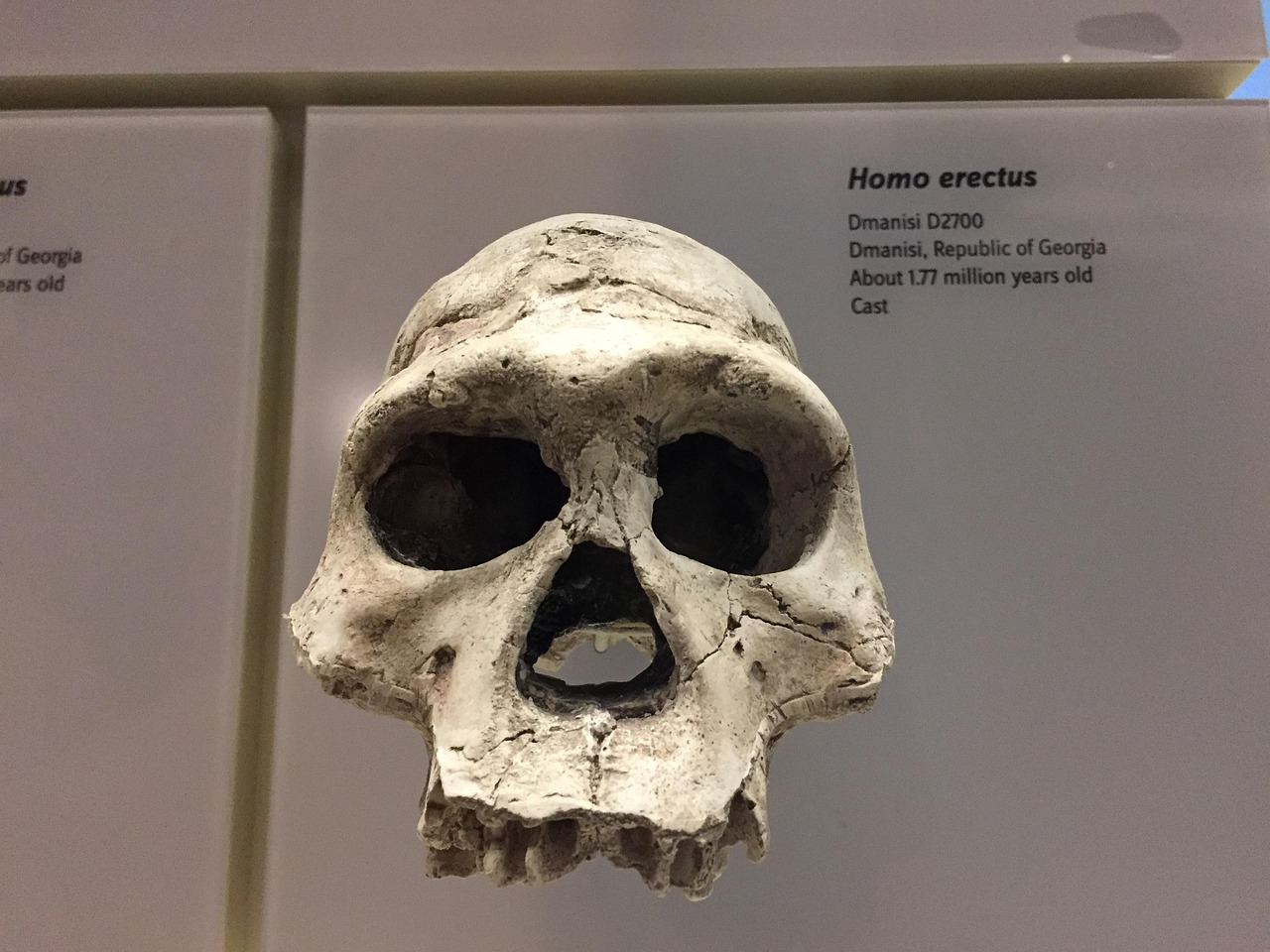
The toolmakers at Isernia were part of a much bigger migration out of Africa and across Eurasia. They had to adapt to new places as they went, and the evidence here shows how they managed it.
Climate and Environment of Ancient Isernia
The climate 700,000 years ago swung between extremes. Isernia existed during a warm spell between ice ages, with open grasslands, scattered forests, and plenty of water nearby.
These conditions attracted both large animals and human groups. Rivers and streams offered fresh water, and the landscape provided all sorts of resources.

Archaeologists have found signs of a stable local ecosystem that could support humans for a long time. Seasonal changes affected when animals moved and which plants were available.
Early humans had to pay close attention to these patterns just to survive. They developed a deep knowledge of their surroundings.
Flora and Fauna of the Time
The Pleistocene ecosystem around Isernia was full of life. Massive herbivores like ancient elephants, rhinos, bison, and different deer species roamed the area.
These animals were a vital food source for the people living here. The plant life included tough grasses, shrubs, and trees that could handle the cool climate.
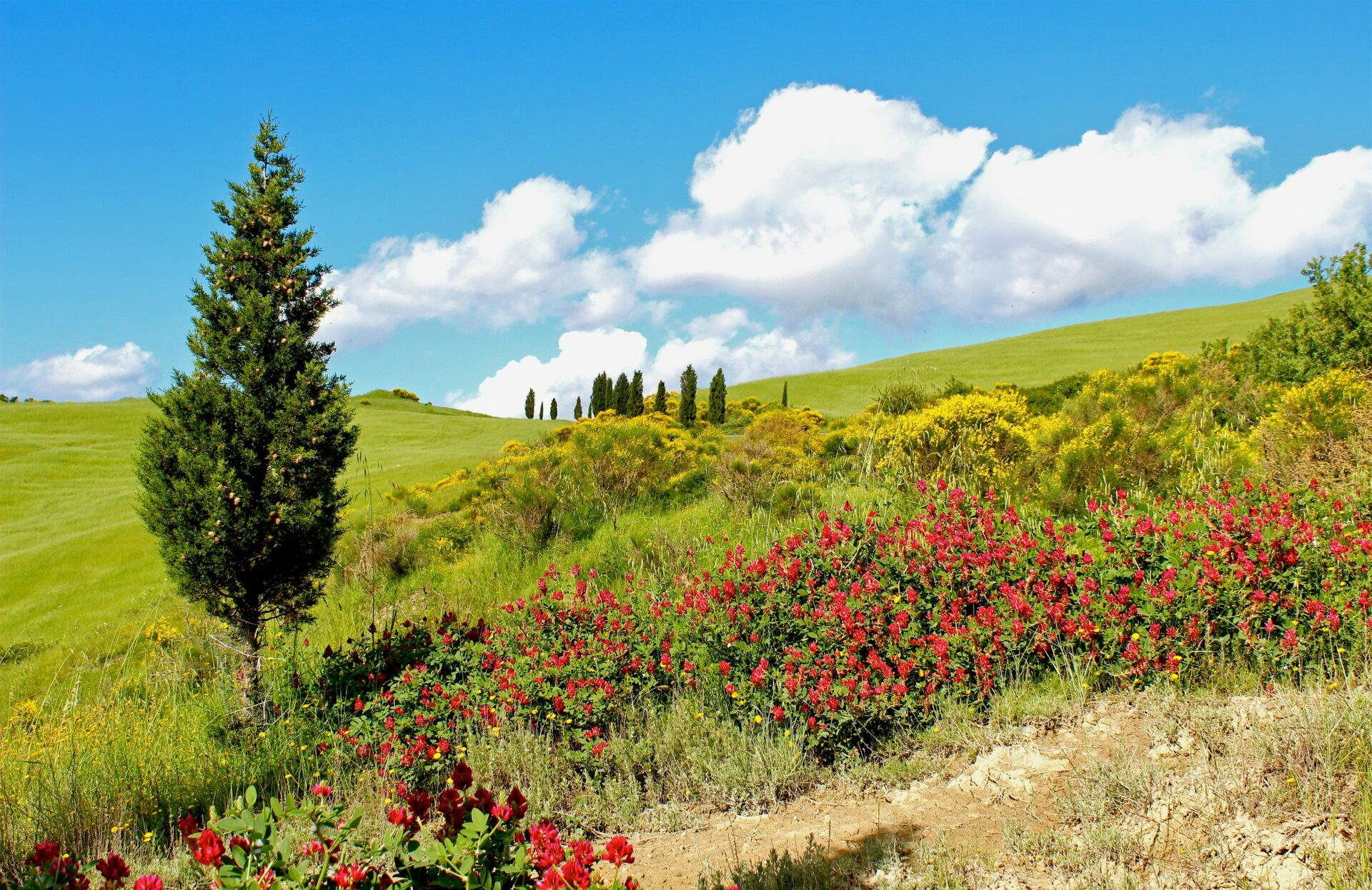
Early humans probably ate meat most of the time, but they also gathered fruits, nuts, tubers, and other plants when they could find them.
Predators like saber-toothed cats and early wolves prowled the same territory, competing for food. Many animal bones at Isernia show cut marks from stone tools, which means humans hunted or scavenged them.
This rich mix of animals and plants made survival both possible and challenging.
Social Complexity and Daily Life
We don’t have much direct evidence about social structures from 700,000 years ago, but the patterns in tool-making suggest people shared knowledge and worked together.
Everyday life must have focused on finding food, building shelter, and making tools. Hunting probably required teamwork, while gathering could be more solitary or done in small groups.
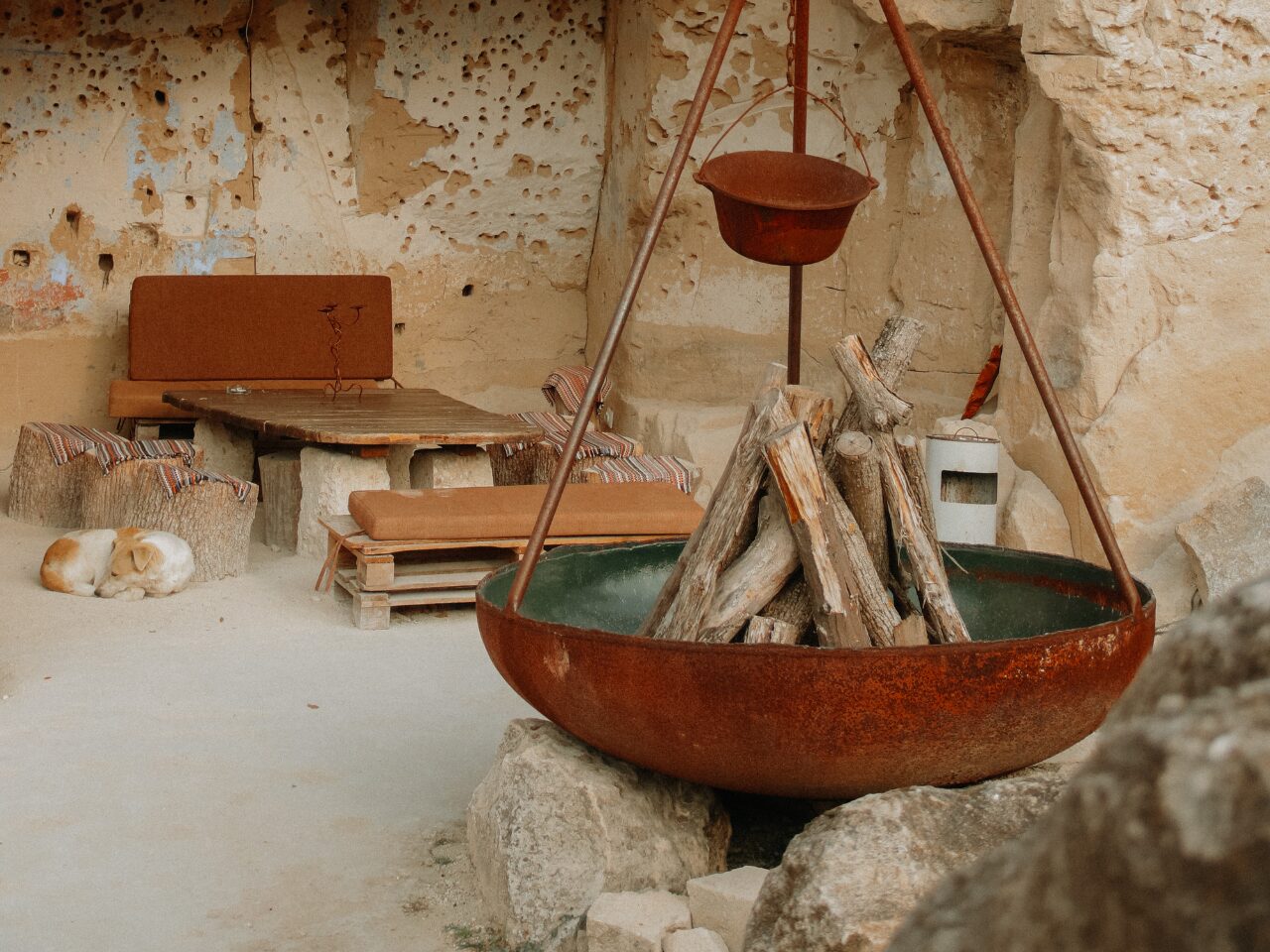
Evidence of fire use at Isernia is still pretty limited, but other sites from the same era show early signs of controlled fire. That would’ve been a game-changer for warmth and cooking.
Most likely, these early humans lived in small, mobile groups that followed the seasons. They passed down knowledge about animals, plants, and tool-making—laying the groundwork for human culture.
People and Animals: Archaeological Insights
Isernia reveals some fascinating connections between early humans and the animals they lived alongside. The remains found here help us understand how our ancestors interacted with the world around them.
Early Human Species: Homo erectus and Relatives
When I explored Isernia La Pineta, I learned that Homo erectus probably lived here about 700,000 years ago. Archaeologists found stone tools and even a rare baby tooth during their digs.
That tooth gives scientists a peek into the genetics of our ancient relatives. Researchers have used it to piece together a clearer picture of human evolution in southern Europe.

These early people were skilled toolmakers who adapted to the changing climate. I found it amazing how they managed to create such effective stone tools for hunting and processing animals.
Animal Remains: Wolves, Cats, and More
The museum holds a striking collection of animal remains. I was especially drawn to the bones of old bison, rhinos, and elephants that once filled this landscape.
Remains of early canids—ancestors of modern wolves—show that these animals already had some of the social behaviors that would later make them great companions for humans. Their bones carry signs of direct interaction with people.
The site also contains bones from big wild cats, not house cats, but their fierce ancestors. Red fox remains show just how many predators roamed this area.
Fur, Tails, and Evolutionary Adaptations
As I wandered through the exhibits, I noticed displays about how these animals adapted to their world. Some fossils even preserve fur patterns and skin impressions, hinting at how they coped with the climate.
Tails served all sorts of purposes—balance, communication, even keeping cool. These little details tell us a lot about their lives.

The museum explains how animal groups split and evolved as they adapted to new challenges. Some became the species we know today, while others vanished as the world changed.
Unearthing the Past: Methods and Marvels of Archaeological Discovery
The Isernia site keeps surprising us with incredible secrets. Archaeologists mix old-school digging with modern technology to uncover the story of this ancient world.
Artifact Analysis and Tool Use
Watching archaeologists at work in Isernia, I saw how much care they put into studying every artifact. The stone tools here—mostly Oldowan and early Acheulian types—reveal a lot about the people who made them.
Scientists examine tiny wear marks on these tools to figure out what they were used for. Some show signs of butchering animals, others hint at plant processing or woodworking.
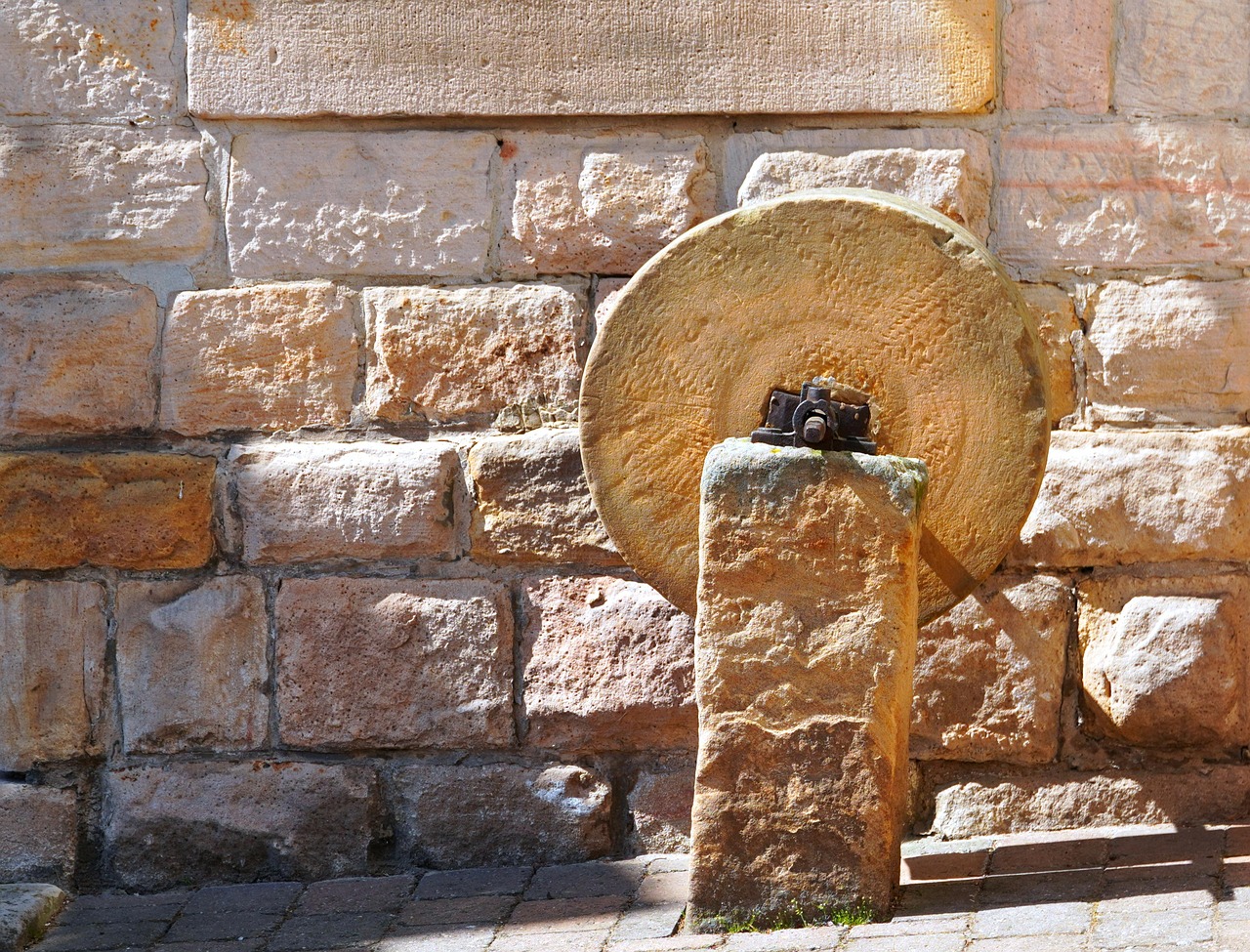
They’ve found thousands of stone tools, many crafted from local flint. I watched researchers sort them by how they were made, showing that even these ancient people understood their materials really well.
Remote Sensing and Dendrochronology
Archaeologists at Isernia use more than shovels and brushes. They rely on ground-penetrating radar to map what’s underground without digging it all up.
Magnetometry helps them spot subtle changes in soil that might mean ancient hearths or activity spots. This way, they can dig more precisely and avoid missing important finds.
While tree-ring dating (dendrochronology) isn’t really possible here, they analyze pollen from soil layers to reconstruct the ancient landscape.
By combining all this data, archaeologists build a clearer picture of how early humans fit into their environment.
Radiometric Dating and the Fossil Record
Because Isernia is so old, regular radiocarbon dating doesn’t work—it only goes back about 50,000 years. Instead, researchers use potassium-argon dating on volcanic ash in the soil layers.
I found it fascinating that the fossils at Isernia include both human ancestors and the animals they hunted or scavenged. Teeth and bone fragments tell us about their diet and health.

Paleomagnetic dating also plays a big role. Scientists look at how magnetic minerals in the soil lined up with Earth’s ancient magnetic field to help confirm the site’s age.
The fossil record at Isernia gives us a rare look into the deep past, showing how some of Europe’s first people lived.
Isernia in the Saga of Human Development
Isernia holds a crucial place in the story of early humans in Europe. The site opens a window onto the technological and social changes that shaped our ancestors’ journey.
From Neanderthals to Modern Humans
The discoveries at Isernia connect early hominins to later Neanderthals. Some of the tools here are surprisingly advanced for their time, hinting that people were smarter than we’ve sometimes given them credit for.
These ancient humans adapted to shifting climates, and their tools evolved from basic choppers to more refined implements.
What really gets me about these artifacts is how they show problem-solving skills. Evidence of organized living spaces and tool-making spots suggest these folks had some form of social structure.
Layer by layer, the site traces the transition from early Homo species to Neanderthals and, eventually, to us.
Plant and Animal Domestication
Isernia predates farming by a huge margin, but it still helps us understand how humans started shaping their environment. The hunting practices here show that people were already selective about which animals they targeted.
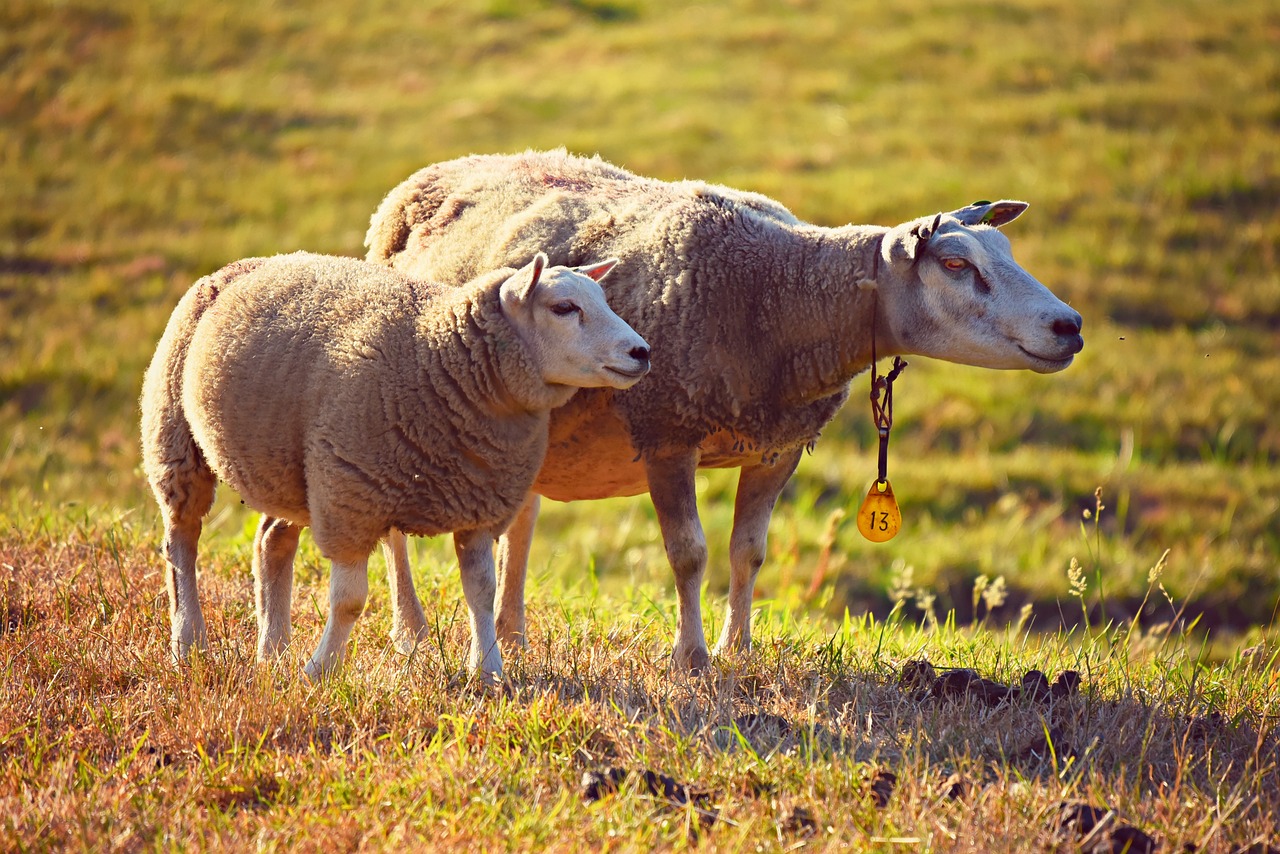
This kind of specialized knowledge about animal behavior would later play a role in domestication during the Neolithic Revolution. Plant remains hint at early foraging habits that laid the groundwork for agriculture.
The shift from hunting and gathering to farming didn’t happen overnight. Places like Isernia help us trace that long, slow change.
The Broader Impact on European Prehistory
Isernia’s importance goes way beyond Italy. The tools found here are similar to those at other European sites, suggesting that people shared knowledge even in these distant times.
The site challenges old ideas about when humans first reached Western Europe. Compared to other places, Isernia stands out for how well everything’s been preserved.
Some discoveries here have even made archaeologists rethink migration routes from Africa into Europe, hinting at several waves of movement rather than just one.
Isernia helps date other sites and understand how technological developments spread across the continent.
Legacies and Lore: Mythology, History, and Folklore
Isernia holds more than just ancient bones and stones—it carries layers of stories, myths, and cultural echoes that connect it to the rest of Italy.
Ancient Roman Connections
Walking around Isernia today, I can’t help but notice traces of its Roman past. The Romans called it “Aesernia” and founded a colony here in 263 BCE.
Even Strabo, the ancient geographer, wrote about this place. Augustus saw its strategic value, and Tiberius mentioned it in his letters.
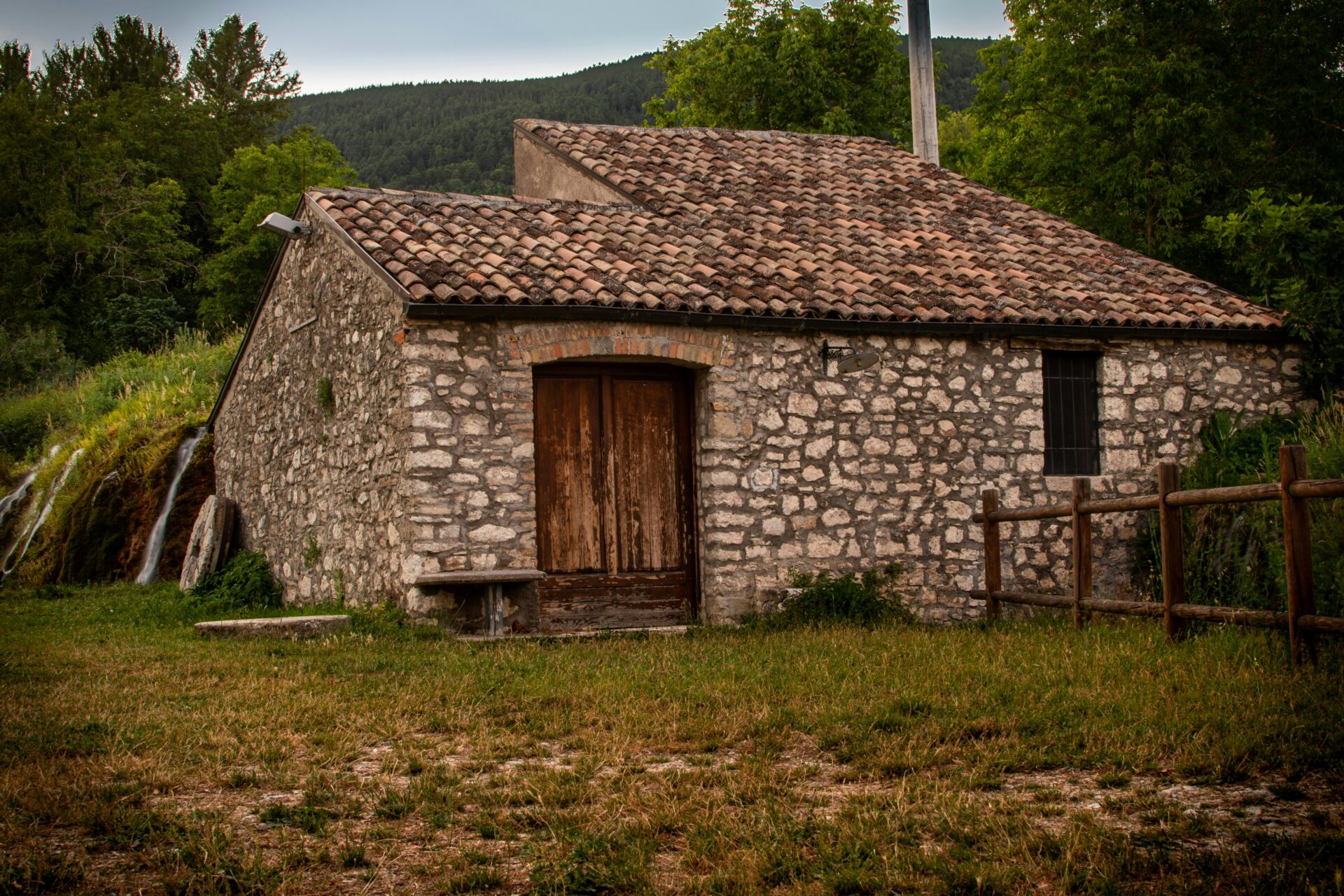
Roman artifacts found near the Paleolithic site remind me how people have always recognized the importance of this land. It’s wild to think about the layers of history stacked on top of each other here.
Literature, Music, and Cultural Echoes
Isernia pops up in Italian literature from time to time. Renaissance writers often mused about its prehistoric roots, sometimes blurring the line between fact and fantasy.
Some Italian composers even wrote music inspired by these ancient landscapes. The opera “Le Origini” features a section about the prehistoric people imagined to have lived here.
Modern poets and artists still draw inspiration from Isernia. Collections like Versi di Pietra (Verses of Stone) showcase creative takes on life 700,000 years ago, sparked by archaeological discoveries.
Contemporary authors keep exploring stories set in this ancient landscape.
Traveler Stories and Ongoing Discoveries
On my visits, I’ve met travelers from all over the world, each with their own impressions of the place. One American archaeologist told me that seeing Isernia firsthand changed her whole view of early human migration.
The site remains an active dig, with new finds coming up every year. Just recently, researchers uncovered evidence hinting at more complex social behaviors than anyone expected.
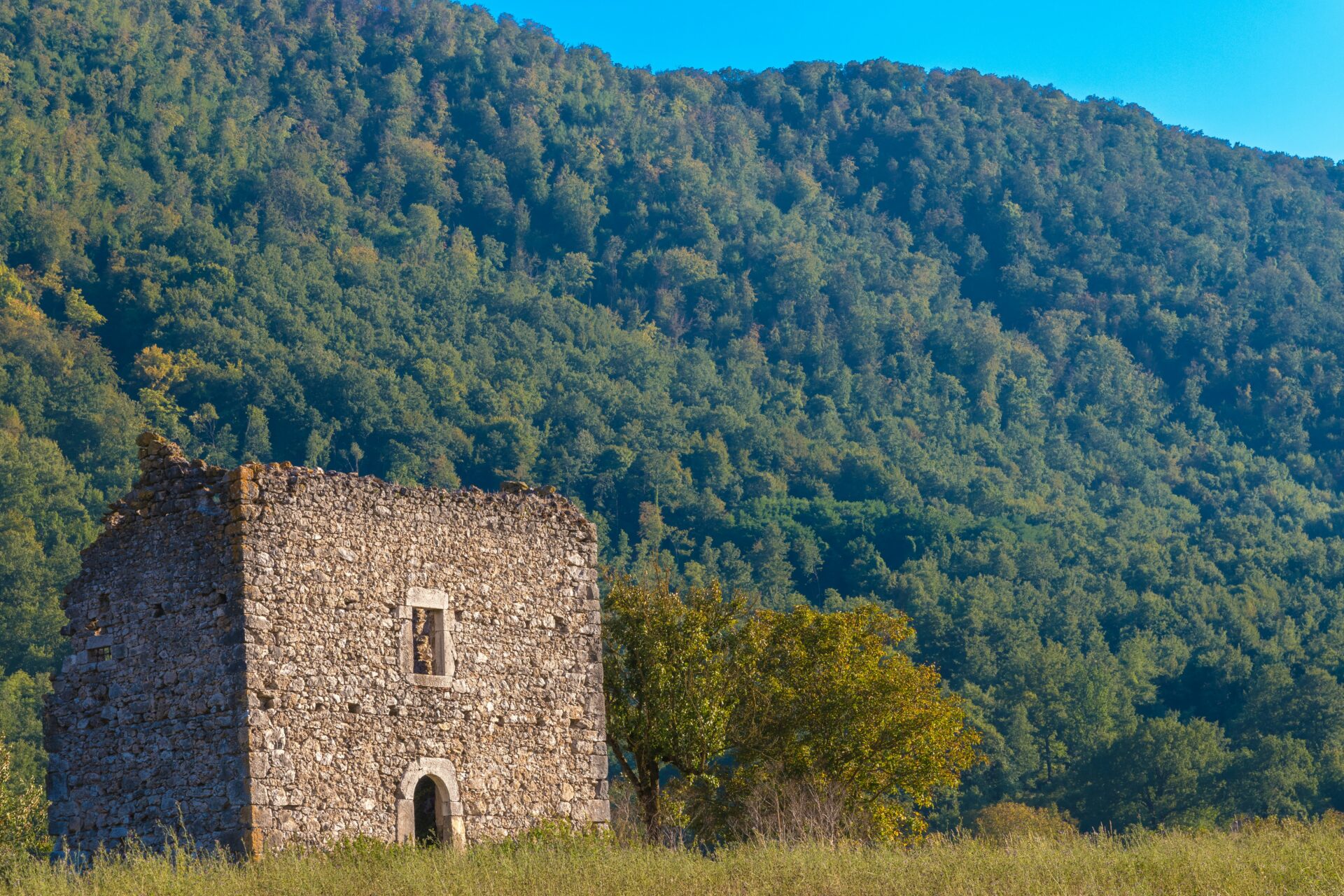
Museum visitor journals are full of personal reflections. One visitor from Japan wrote, “Standing where humans stood 700,000 years ago requires patience and imagination.”
Local guides love sharing old stories about the “ancient ones” who first called this land home.

